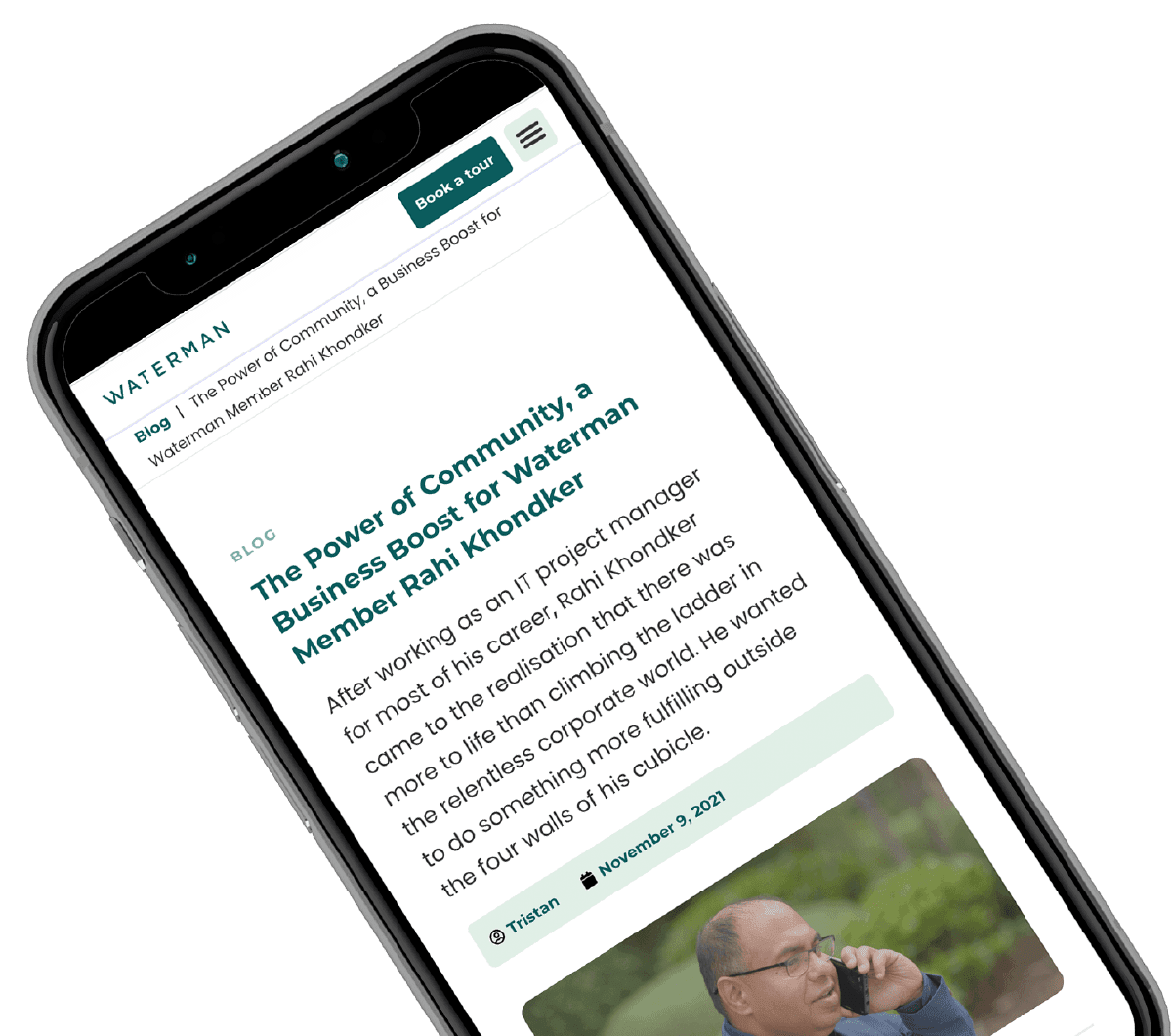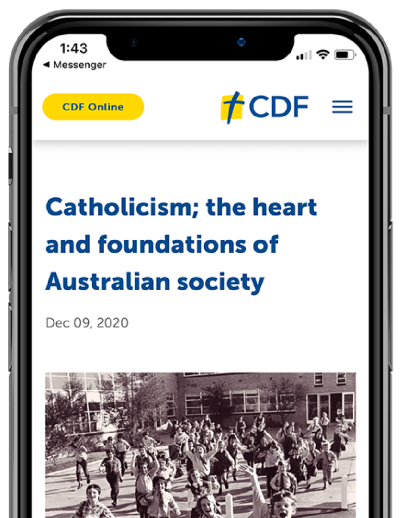COPYWRITING
boost traffic & build brand awareness
Blogs and articles are still vital content marketing tools to boost traffic to your website and build brand awareness.
But with more than four million blogs posted every day, how can your blog stand out? By diversifying your content.
We turn your ideas into engaging, factual and entertaining brand and customer stories, opinion pieces and thought leadership articles while adhering to SEO specifications.
If you want your ideal customers to actually read your blog and action your advice then we have the industry-specific writers for you.

Professional Copywriting Services
SEO Keyword
Blog
SEO keyword blogs directly address the questions your ideal customers have and provide them with a solution.
Hero’s Journey
Blog
Your hero’s journey blog introduces you as the hero your ideal customers need and sets you apart from your competitors.
Branded
Story
Customer Case Study
Blog
Opinion Piece
Story
Thought Leadership
Blog
We visually and graphically repurpose your copywriting for social media platforms.
Copywriting packages to
Drive online traffic and engagement
SEO BOOSTER
We will research, write and edit two blogs per month including:-
Two SEO keyword blogs
-
Copy for two LinkedIn eNewsletters or EDMs (one per blog)
-
Copy for four social media posts (two per blog)
BRAND BUILDER
We will research, write and edit two blogs per month including:-
Two SEO keyword or customer case study blogs
-
Two visually designed carousel or quote posts (one per blog)
-
Copy for two LinkedIn eNewsletters or EDMs (one per blog)
-
Copy for six social media posts (three per blog)
INDUSTRY INFLUENCER
We will research, write and edit three blogs per month including:-
Three SEO keyword, customer case study or opinion piece blogs
-
Three visually designed carousel or quote posts (one per blog)
-
Copy for three LinkedIn eNewsletters or EDMs (one per blog)
-
Three “key theme” video scripts (one per blog)
-
Copy for nine social media posts (three per blog)
DIGITAL DOMINATION
We will research, write and edit four blogs per month including:-
Four SEO keyword, customer case study, opinion piece or thought leadership blogs
-
Four visually designed carousel or quote posts (one per blog)
-
Copy for four LinkedIn eNewsletters or EDMs (one per blog)
-
Four “key theme” edited videos (one per blog)
-
Copy for 12 social media posts (three per blog)
Ready to grow your brand online?
Fill out the form below and one of our content experts will be in touch with next steps.






